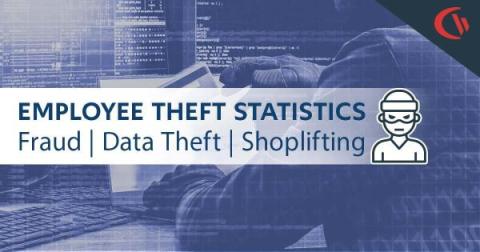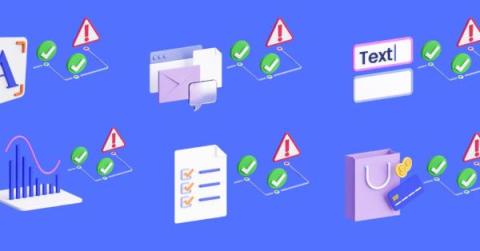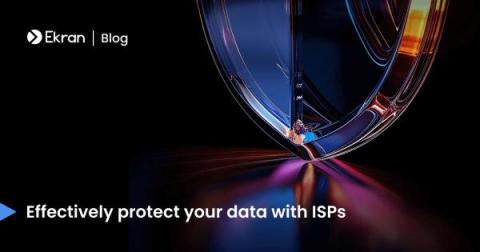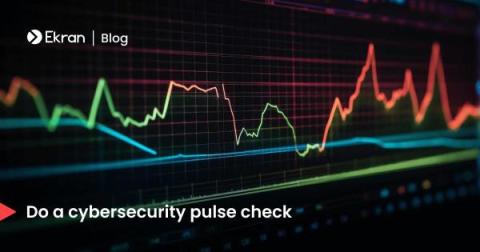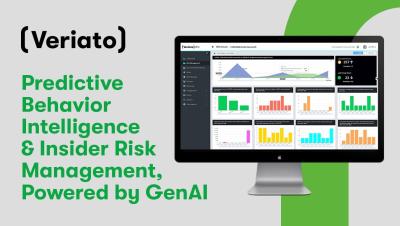The 11 Best User & Entity Behavior Analytics (UEBA) Tools
As cyber threats continue to surge and malicious insiders pose significant risks, user and entity behavior analytics (UEBA) tools have become an essential component of a comprehensive security strategy, helping organizations to detect anomalous behavior and hidden threats.



